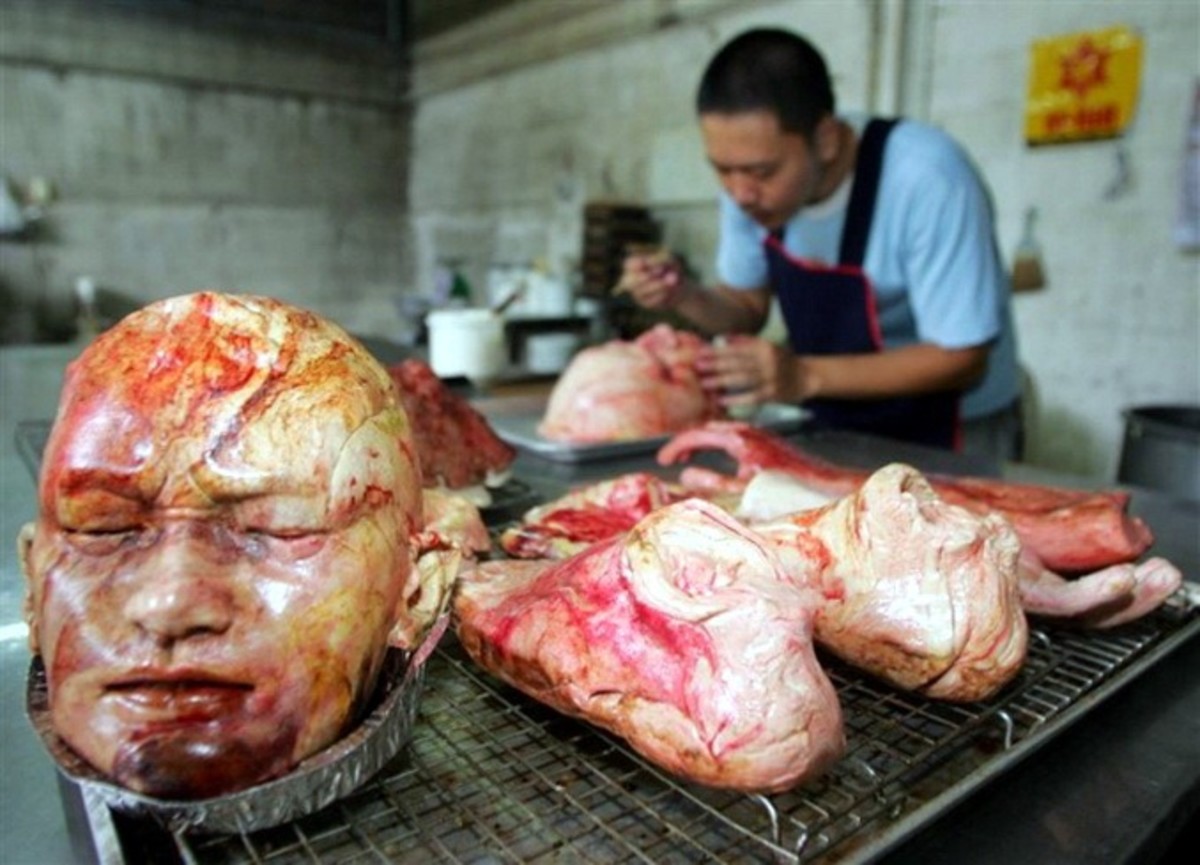Jemaah Islamiyah: Structure and Operations

The 2002 Bali bombing in Indonesia is a terrorist attack that debut the Jemaah Islamiyah to the world as a terrorist group. Bali was bombed in 3 different locations killing more than 200 people. Jemaah Islamiyah led by Riduan Isamuddin also known as Hambili was the main suspect for the attack.[1]Days later Hambili was caught in Thailand along with other suspected men. JI suffered a major blow in its operation but still, this terrorist group thrived and executed other bombing operations. Among these are the 2003 bombing of the J.W. Marriott Hotel in Jakarta and 2004 bombing of the Australian embassy in Jakarta.[2]
Founded in 1993, Jemaah Islamiyah was link to al-Qaeda and its leader bin Laden because of its similar “jihadist ideology” and almost the same experience in Afghanistan. But JI operates independently, (though some funds are still connected with al-Qaeda), with the main purpose of creating an Islamic State that will unite Malaysia, Indonesia, Thailand, Singapore and the Philippines. By doing so, JI will create a new society wholeheartedly committed to the teachings of Islam in their totality and striving to abide by those teachings in its government, political, economic and social organizations, its relation with other states, its educational system and moral values and all other aspects of its way of life. [3]
According to Zachary Abuza, Associate Professor of Internal Politics and the Director of the East Asian Studies Program at Simmons College in Massachusetts, JI is a highly structured group that is headed by Amirs or spiritual leaders. Habili served as the chairman of the regional advisory council or shura. The shura controls the five sub-shura or secretaries for operations, communications, security, finance, and missionary; and the 4 regional commands or mantiqis. The 1stmantiqi comprises Malaysia, Singapore, and Thailand; 2nd mantiqi covers Java and Sumatra (Indonesia); 3rd mantiqi encompasses Brunei, Philippines, Malaysia, Kalimantan and Sulawesi (Indonesia); 4th mantiqi covers Australia and Papua. Each mantiqis are further divided to several sub-levels called fiah.[4]
At the start of 2000, JI believed that the group is ready and able with enough man power to execute its own terrorist attacks. During the early stages of operations, JI executed assassination attempt against a Philippine ambassador to Indonesia in August 2000, waves of church bombings in Indonesia and series of bombings in Manila both on the last quarter of 2000, assassination of a Malaysian politician in November 2000, and the bombings in southern Thailand in April 2001. At the time, none of these incidents were assumed to be connected. But as JI’s confidence grew, and more manpower were recruited and trained, they became experts and started to plan larger scale operations against high-profiled targets. Notwithstanding the string of regional scale arrests, that consist most of its leaders, JI retains the capability and will continue to execute attacks that can and will have serious effect on economic and human damage.[5]
[1]Jeffrey, Simon. “Profile: Jemaah Islamiyah.” Guardian.co.uk.9 Sept. 2004, 7 Jun. 2009 <
http://www.guardian.co.uk/world/2004/sep/09/indonesia.australia>
[2] International Crisis Group. Jemaah Islamiyah in Southeast Asia: Damaged But Still Dangerous. 26 Aug 2003. 7 Jun 2009. < http://www.crisisgroup.org/library/documents/report_archive/A401104_26082003.pdf>
[3]Ibid.
[4] Abuza, Zachary. Funding Terrorism in Southeast Asia: The Financial Network of Al-Qaeda and Jemaah Islamiyah. Vol. 14 No. 5. 5 Dec. 2003. National Bereau of Asian Research. 7 Jun. 2009 < http://www.nbr.org/publications/analysis/pdf/vol14no5.pdf>
[5] Ibid.
References
Abuza, Zachary. Funding Terrorism in Southeast Asia: The Financial Network of Al-Qaeda and Jemaah Islamiyah. Vol. 14 No. 5. 5 Dec. 2003. National Bereau of Asian Research. 7 Jun. 2009
International Crisis Group. Jemaah Islamiyah in Southeast Asia: Damaged But Still Dangerous. 26 Aug 2003. 7 Jun 2009.
Jeffrey, Simon. “Profile: Jemaah Islamiyah.” Guardian.co.uk.9 Sept. 2004, 7 Jun. 2009





